
The Girondins, or Girondists, were a political group during the French Revolution. From 1791 to 1793, the Girondins were active in the Legislative Assembly and the National Convention. Together with the Montagnards, they initially were part of the Jacobin movement. They campaigned for the end of the monarchy, but then resisted the spiraling momentum of the Revolution, which caused a conflict with the more radical Montagnards. They dominated the movement until their fall in the insurrection of 31 May – 2 June 1793, which resulted in the domination of the Montagnards and the purge and eventual mass execution of the Girondins. This event is considered to mark the beginning of the Reign of Terror.
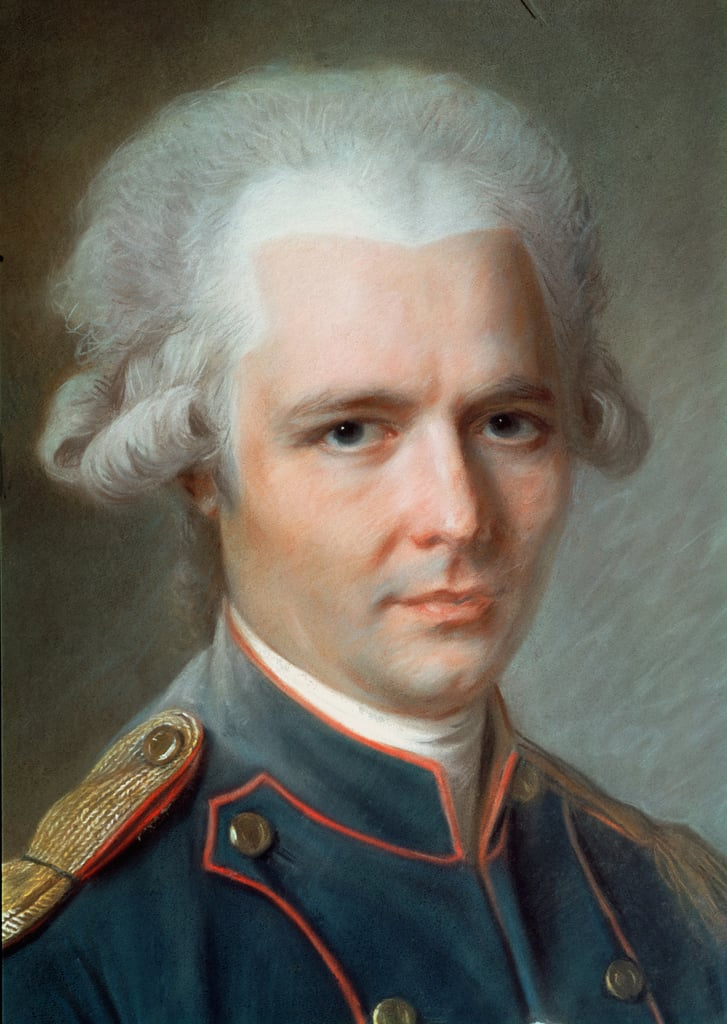
Pierre Ambroise François Choderlos de Laclos was a French novelist, official, Freemason and army general, best known for writing the epistolary novel Les Liaisons dangereuses (1782).

Louis Philippe II, was a major French noble who supported the French Revolution.
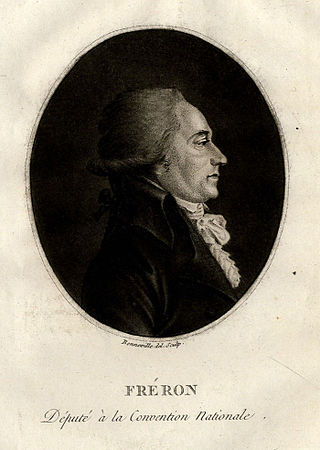
Louis-Marie Stanislas Fréron was a French politician, journalist, representative to the National Assembly, and a representative on mission during the French Revolution.

Louis Marie de La Révellière-Lépeaux was a deputy to the National Convention during the French Revolution. He later served as a prominent leader of the French Directory.

Louis Joseph de Bourbon was Prince of Condé from 1740 to his death. A member of the House of Bourbon, he held the prestigious rank of Prince du Sang.
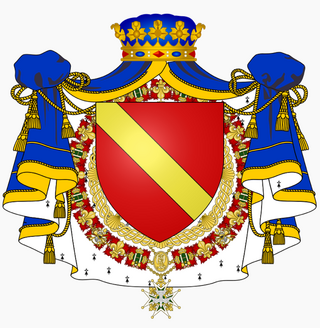
The title of Duke of Noailles was a French peerage created in 1663 for Anne de Noailles, Count of Ayen.

Louis Antoine of France, Duke of Angoulême was the elder son of Charles X of France and the last Dauphin of France from 1824 to 1830. He was disputedly King of France and Navarre for less than 20 minutes before he himself abdicated, due to his father's abdication during the July Revolution in 1830. He never reigned over the country, but after his father's death in 1836, he was the legitimist pretender as Louis XIX.

Marie-Jean Hérault de Séchelles was a French judge, freemason and politician who took part in the French Revolution.

Simon Arnauld de Pomponne, Seigneur and then Marquis (1682) of Pomponne was a French diplomat and minister.

Thomas-Alexandre Dumas Davy de la Pailleterie was a Creole general, from the French colony of Saint-Domingue, in Revolutionary France. Along with his French contemporary Joseph Serrant, Toussaint Louverture in Saint-Domingue and Abram Petrovich Gannibal in Imperial Russia, Thomas-Alexandre Dumas is notable as a man of African descent leading European troops as a general officer. He was the first person of color in the French military to become brigadier general, divisional general, and general-in-chief of a French army.

André Antoine Bernard called Bernard de Saintes, was a French lawyer and revolutionary, one of the Jacobins responsible for the Reign of Terror in the French Revolution.

Antoine Jean Galiot Mandat, known as the Marquis de Mandat, was a French nobleman, general and politician. A knight and lord of Berny-en-Santerre and Les Pins in the Vendômois, he became a colonel in the Gardes-Françaises, then succeeded La Fayette as commander of the National Guard in 1792. He was assassinated by insurgents in the insurrection of 10 August during the French Revolution.
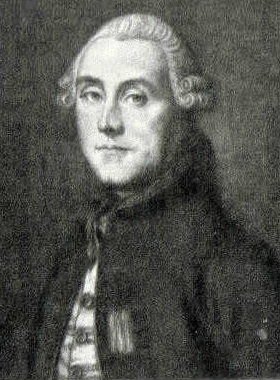
Jean-Frédéric de La Tour du Pin Gouvernet,, comte de Paulin, was a French nobleman, general and politician. After a military career that spanned over forty years, he was elected deputy to the Estates-General of 1789 for the nobility. His short political life came to an end after his nomination as the penultimate Secretary of State for War at the start of the French Revolution. A monarchist, he was sentenced to death and guillotined in 1794 alongside his elder brother Philippe-Antoine.
Jean Joseph Victor Génissieu was a French lawyer and politician who was in turn president of the National Convention, Minister of Justice and president of the Council of Five Hundred during the French Revolution.
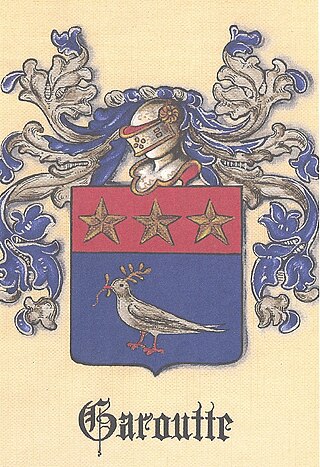
Michel Antoine Garoutte anglicized as: Michael Antoine Garoutte was a member of the first nobility of Provence in the Kingdom of France. He was a Pirate and Privateer in the early war for American Independence and ascended to the rank of Lieutenant in the first American Continental Navy.
Alfred David Augustus d'Espinassy de Fontanelle was an Anglo-French military officer and nobleman.
Louis Antoine de Thomassin de Peynier, known as Antoine de Thomassin, comte de Peynier was an officer of the French Royal Navy and a colonial administrator of the Kingdom of France.

Jean-François de Pérusse des Cars was a French nobleman who was a grandson of James FitzJames, 1st Duke of Berwick, the illegitimate son of King James II of England.
















